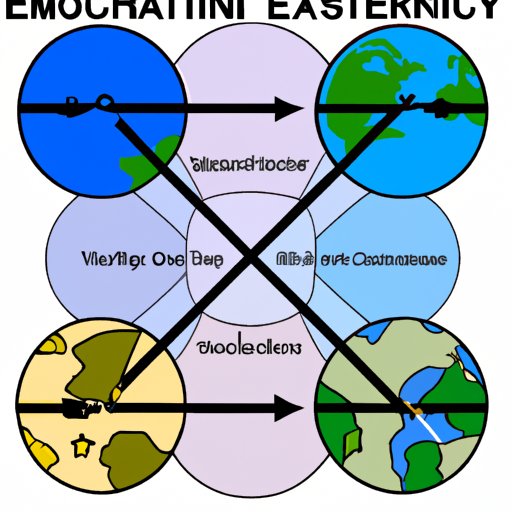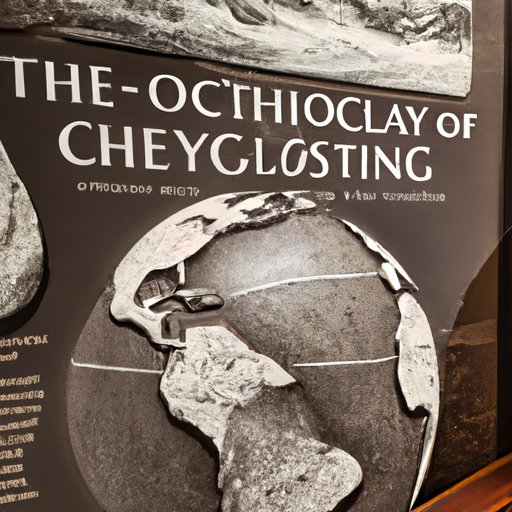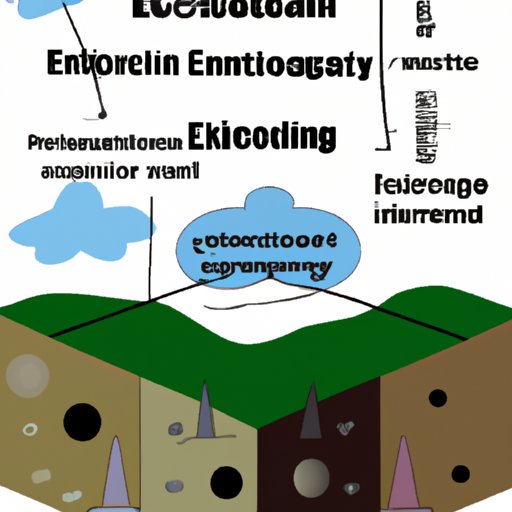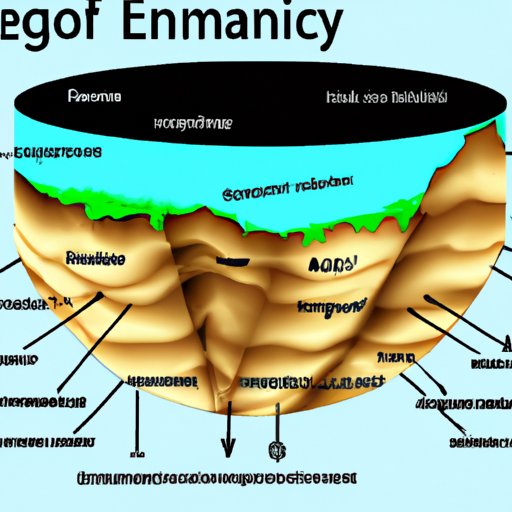Introduction
Earth Science is a broad field of study that encompasses the many different aspects of our planet, from the deep oceans to the atmosphere. It is focused on understanding the physical, chemical and biological processes that shape the Earth and its environment. The four main branches of Earth Science are geology, oceanography, atmospheric science, and hydrology. Each of these branches has its own unique set of sub-disciplines and focuses on different aspects of the Earth’s natural systems.
How Each Branch of Earth Science Contributes to Our Understanding of Our Planet
Geology
Geology is the study of the Earth’s structure, composition, and history. It examines the physical properties of rocks and minerals, as well as the processes that form and modify them over time. Geologists use their knowledge of the Earth’s past and present to understand the impact of human activities on the environment. They can also use this knowledge to identify potential resources, such as fossil fuels or mineral deposits, that may be used for energy production or other purposes.
Oceanography
Oceanography is the study of the physical, chemical, and biological properties of the world’s oceans. Oceanographers use their understanding of the ocean’s currents, temperature, and salinity to gain insight into the global climate system. They also study the ecology of marine organisms and the impacts of human activities on the ocean. For example, oceanographers have studied the effects of industrial pollution and climate change on coral reefs and fisheries.
Atmospheric Science
Atmospheric science is the study of the Earth’s atmosphere and its interactions with the land, ocean, and biosphere. Atmospheric scientists use their knowledge of the atmosphere to understand the impact of human activities on climate and weather patterns. They also use their understanding of air pollution to develop strategies for reducing its impacts on public health and the environment.
Hydrology
Hydrology is the study of the Earth’s water cycle and its effects on the environment. Hydrologists use their knowledge of the water cycle to understand the impacts of floods, droughts, and other natural disasters on the environment. They also study the effects of human activities on water resources, such as the impacts of agricultural runoff and urban development on watersheds.

Exploring the Intersections Between the Four Main Branches of Earth Science
The four main branches of Earth Science are interconnected in various ways. Within each branch, there are many sub-disciplines that focus on different aspects of the Earth’s natural systems. For example, geologists may specialize in areas such as sedimentology or paleontology, while oceanographers may specialize in areas such as marine biology or ocean chemistry. Additionally, the four main branches of Earth Science often intersect with one another. For example, atmospheric scientists may use their knowledge of the atmosphere to study how pollutants are transported across the globe, which can affect ocean ecosystems. Similarly, hydrologists may use their knowledge of the water cycle to understand how climate change affects the availability of freshwater resources.

A Closer Look at the History and Evolution of Earth Science
Earth Science has a long and rich history. The earliest recorded observations of Earth’s features date back to ancient Greece, when philosophers such as Aristotle and Plato speculated about the nature of the universe. During the Renaissance, scholars began to make more systematic observations of the Earth’s features and developed early theories about the formation of mountains and other geological features. In the 19th century, the first modern geologists and oceanographers began using more scientific methods to study the Earth’s features.
Since then, Earth Science has evolved significantly. New technologies have allowed scientists to explore deeper into the Earth’s interior and observe the atmosphere from space. This has resulted in a greater understanding of the Earth’s systems and how they interact with one another. Modern Earth Science also includes the study of human activities and their impacts on the environment, such as the effects of climate change or the pollution of air and water.

The Connections Between Earth Science and Human Activity
Earth Science has an important role to play in understanding the impact of human activities on our planet. By studying the Earth’s natural processes, scientists can identify the potential impacts of human activities and develop strategies to reduce their negative effects. For example, understanding how pollutants move through the atmosphere and interact with the climate system can help us develop strategies for reducing air pollution. Similarly, studying the impacts of deforestation on watersheds can lead to better management practices for preserving freshwater resources.
Earth Science also provides invaluable insights into the benefits of human activities. For example, understanding the natural processes involved in soil erosion can help us develop strategies for preserving agricultural land. Additionally, understanding the impacts of climate change can help us develop strategies for mitigating its effects on human society.
Conclusion
The four main branches of Earth Science – geology, oceanography, atmospheric science, and hydrology – provide invaluable insights into the workings of our planet. Each branch contributes to our understanding of the Earth’s natural systems and the connections between them. Furthermore, Earth Science has a crucial role to play in understanding the impact of human activities on our planet and developing strategies for preserving its resources.
(Note: Is this article not meeting your expectations? Do you have knowledge or insights to share? Unlock new opportunities and expand your reach by joining our authors team. Click Registration to join us and share your expertise with our readers.)
